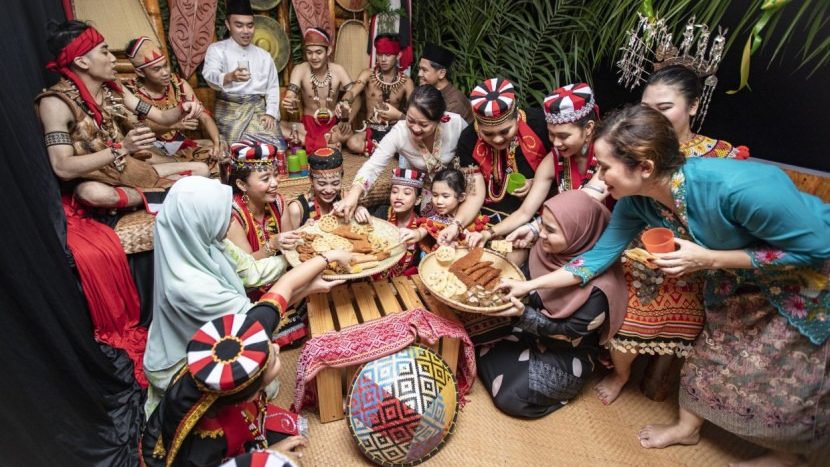The Essence of Kaamatan Festival

The Kaamatan Festival, also known as Tadau Kaamatan, is a significant cultural celebration marking the beginning of the harvest season. This festival is not only a time to observe and inform about the upcoming harvest but also deeply rooted in the historical myth and traditions of the Kadazan-Dusun people.
Honoring the Rice Spirit and the God Kinoingan
Central to the Kaamatan Festival is the veneration of the rice spirit, Bambaazon, and the gratitude expressed towards Kinoingan, the God. For the Kadazan-Dusun community, this festival is an opportunity to thank Kinoingan for the bountiful harvest that sustains them each year. Beyond the agricultural aspect, Kaamatan also serves to foster goodwill and strengthen friendships among the people.
The Mythological Origins of Kaamatan
The festival’s origins trace back to a poignant and powerful myth. According to tradition, Kinoingan, along with his wife Suminundu and their daughter Huminodun, played a crucial role in ensuring the survival of the Kadazan-Dusun people. Faced with a dire need to provide sustenance, Kinoingan made the ultimate sacrifice by planting parts of Huminodun’s body into the earth. From her flesh, the rice plant emerged, and her spirit became Bambaazon, the protector of the rice plants from hazards like pests and floods.
The Importance of Rituals and Celebrations
The Kadazan-Dusun people believe that their survival is intrinsically linked to the favor of Bambaazon. To ensure a successful harvest, they perform various rituals, ceremonies, and celebrations to keep the rice spirit content. These practices are integral to maintaining harmony and prosperity within their community.

